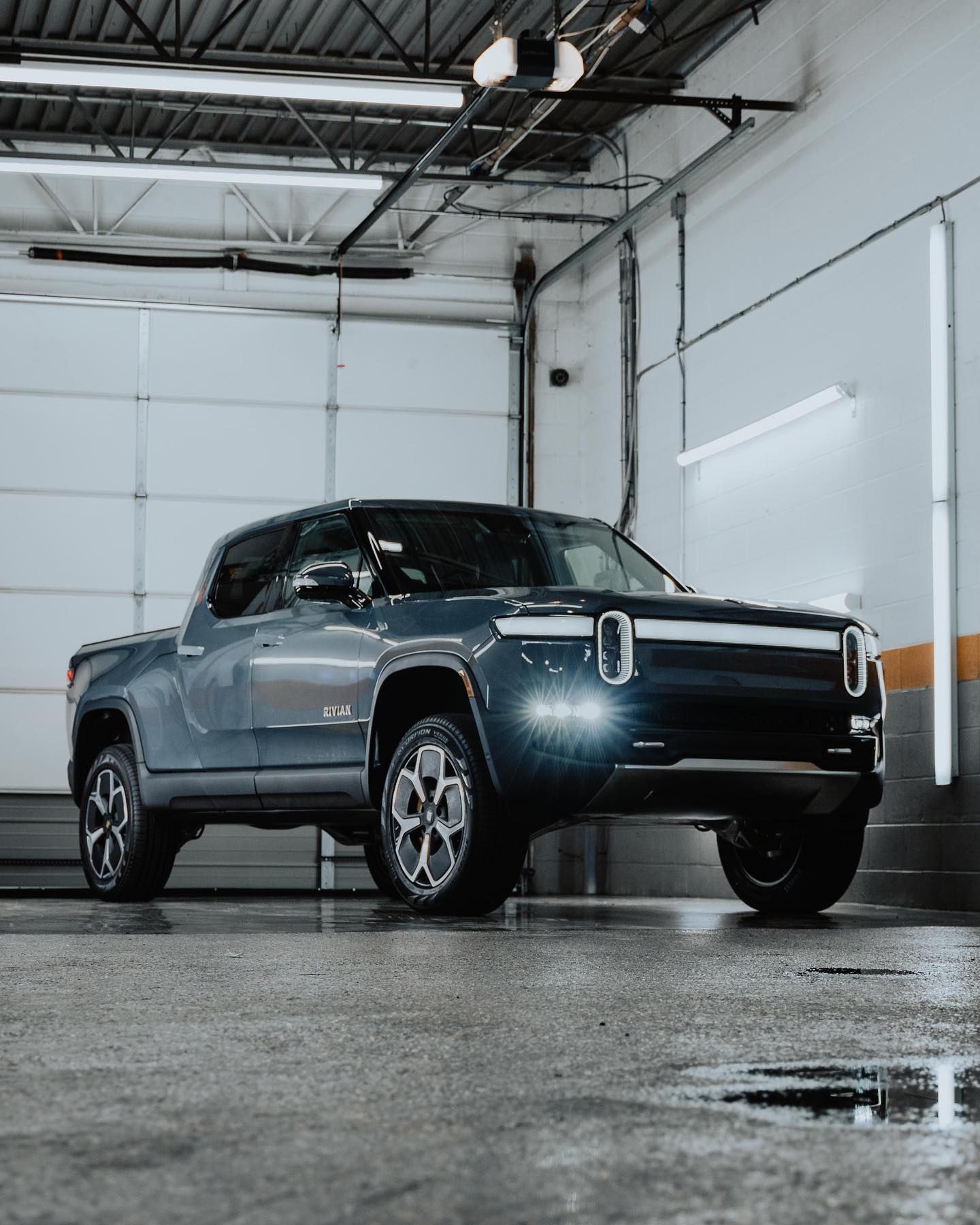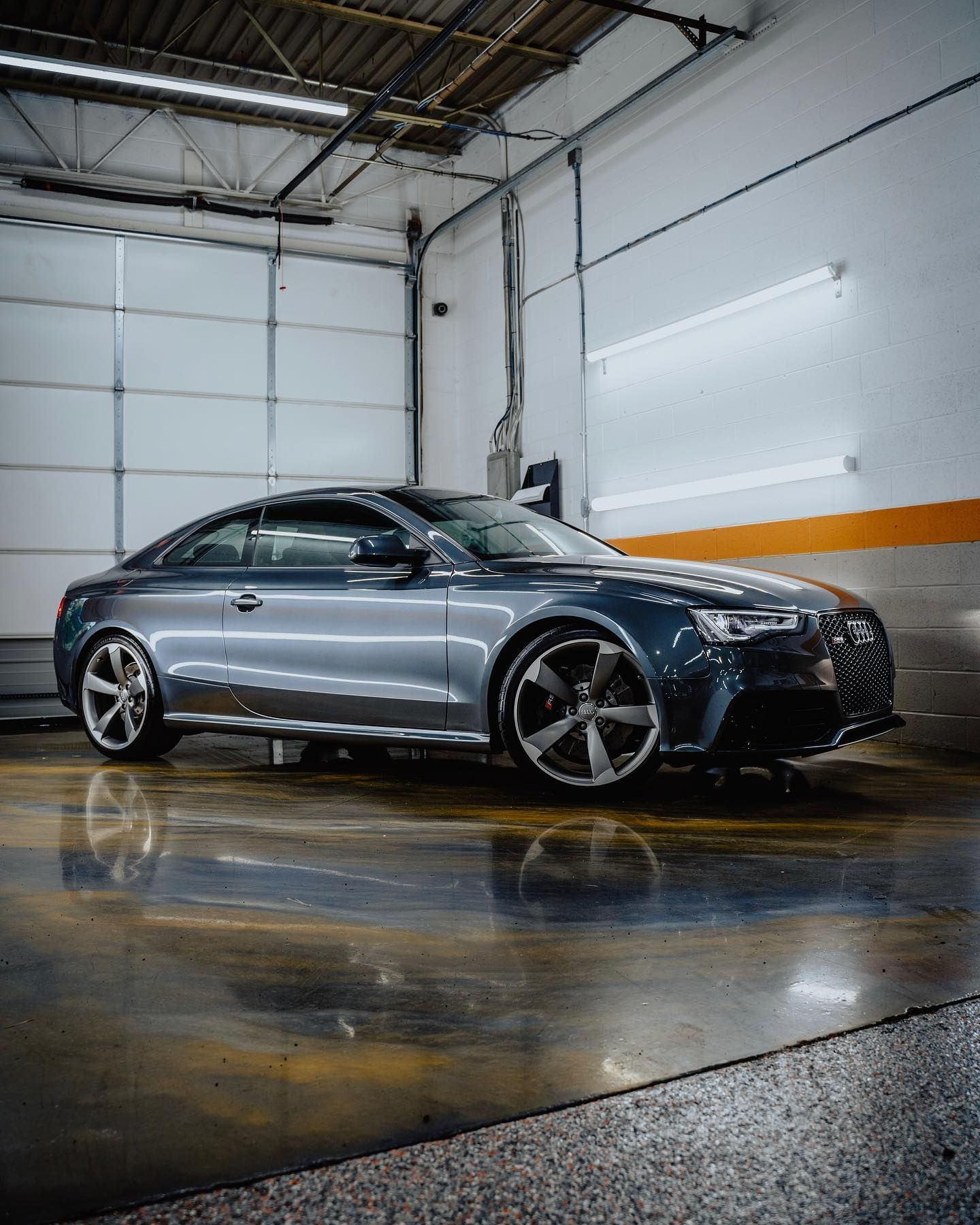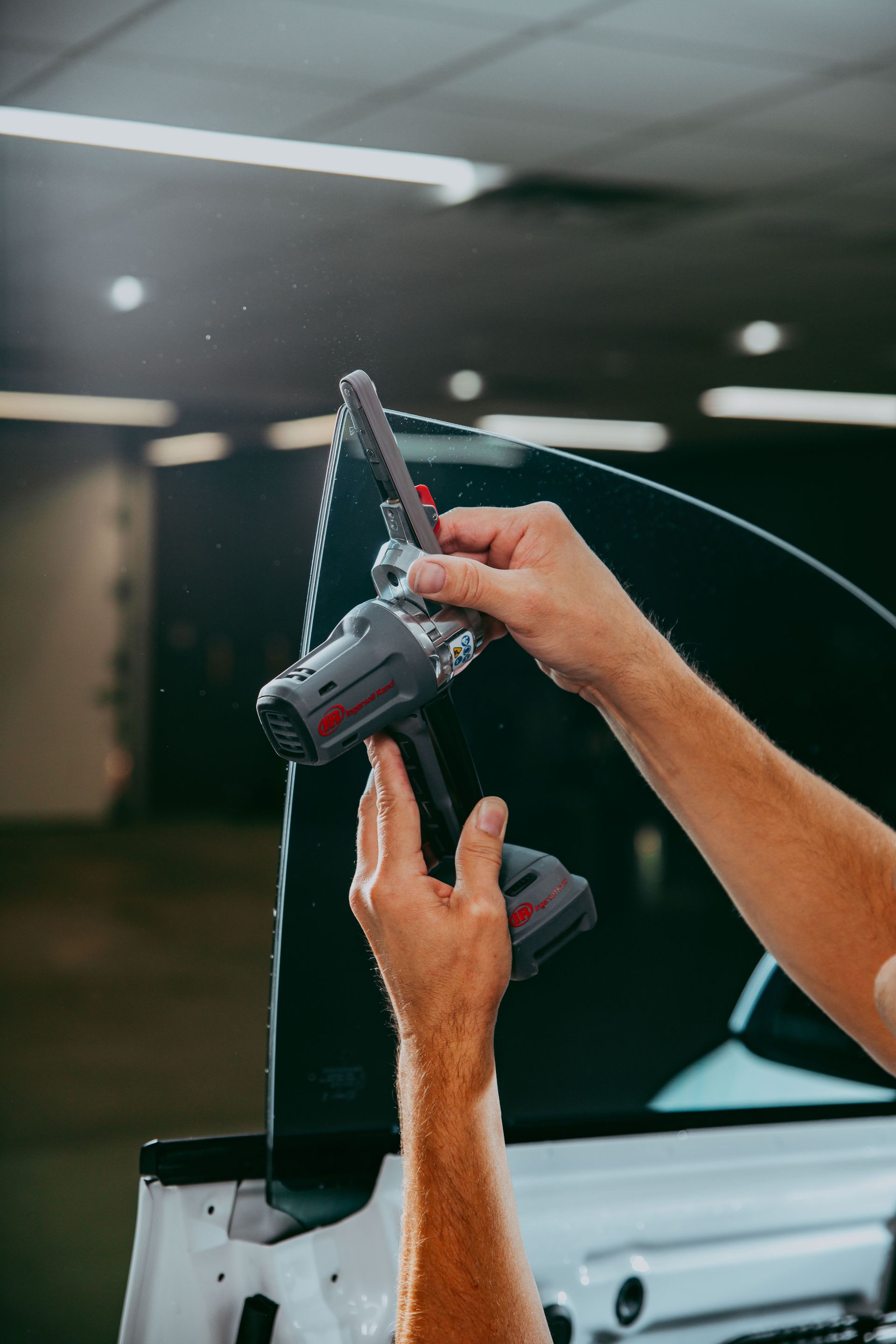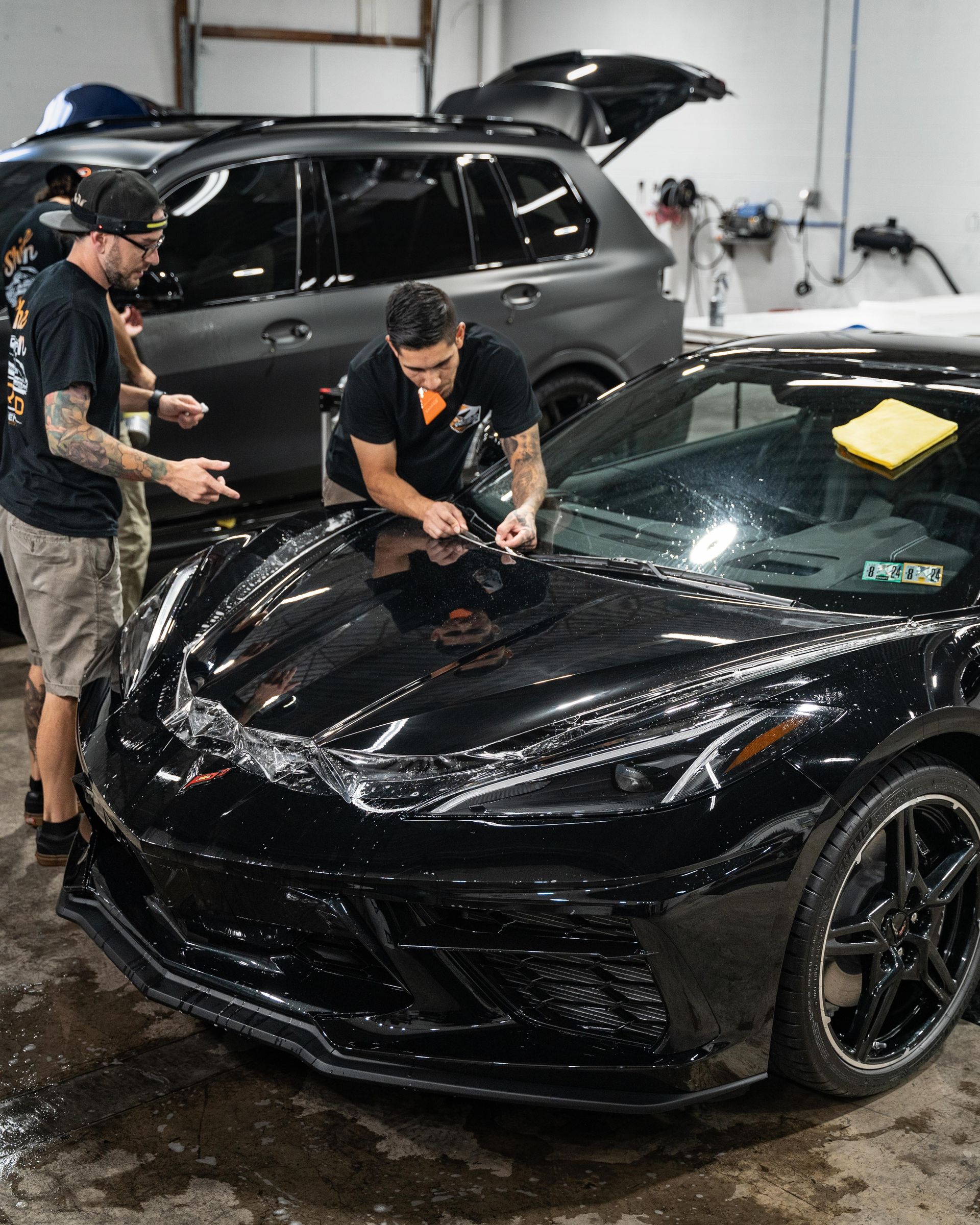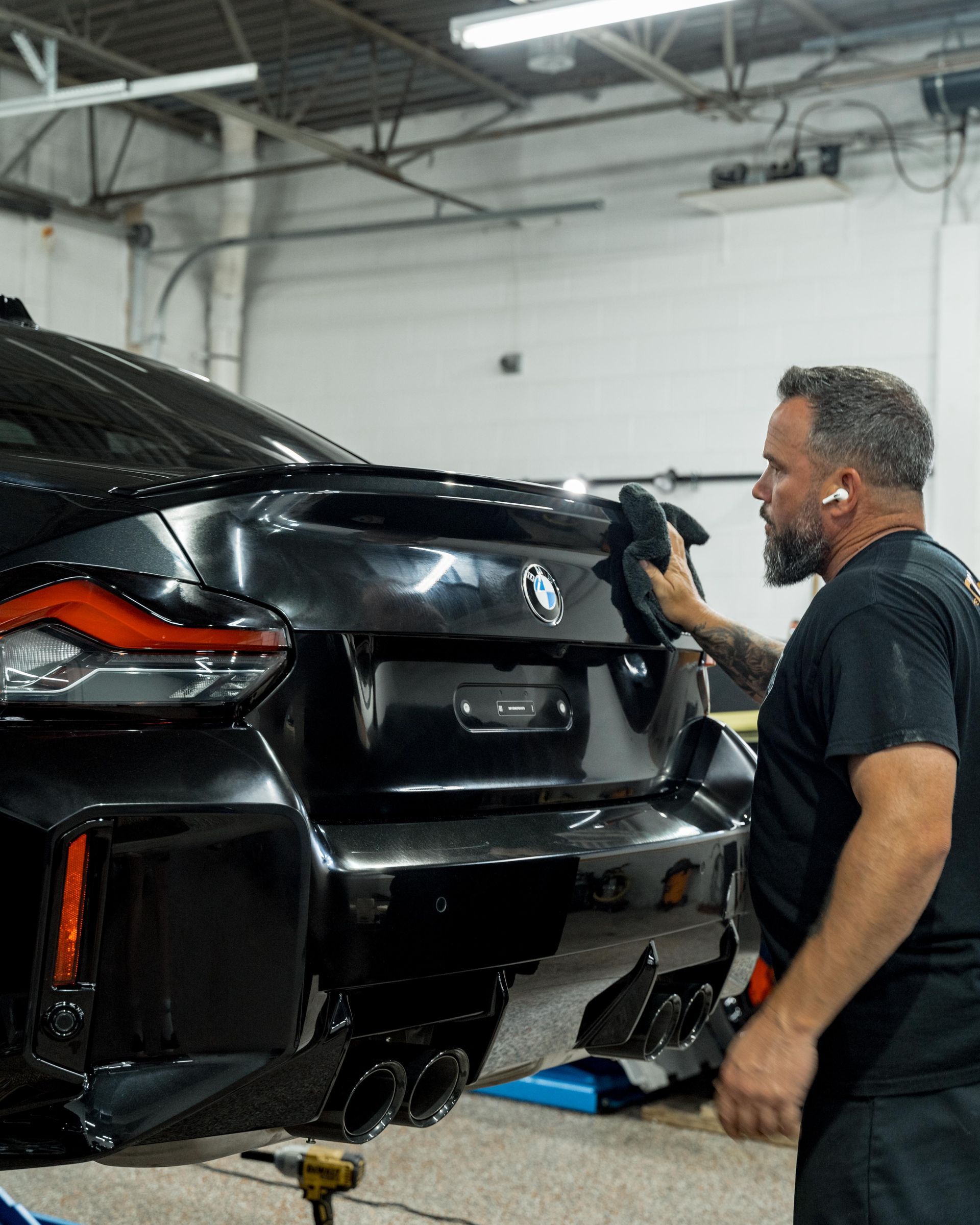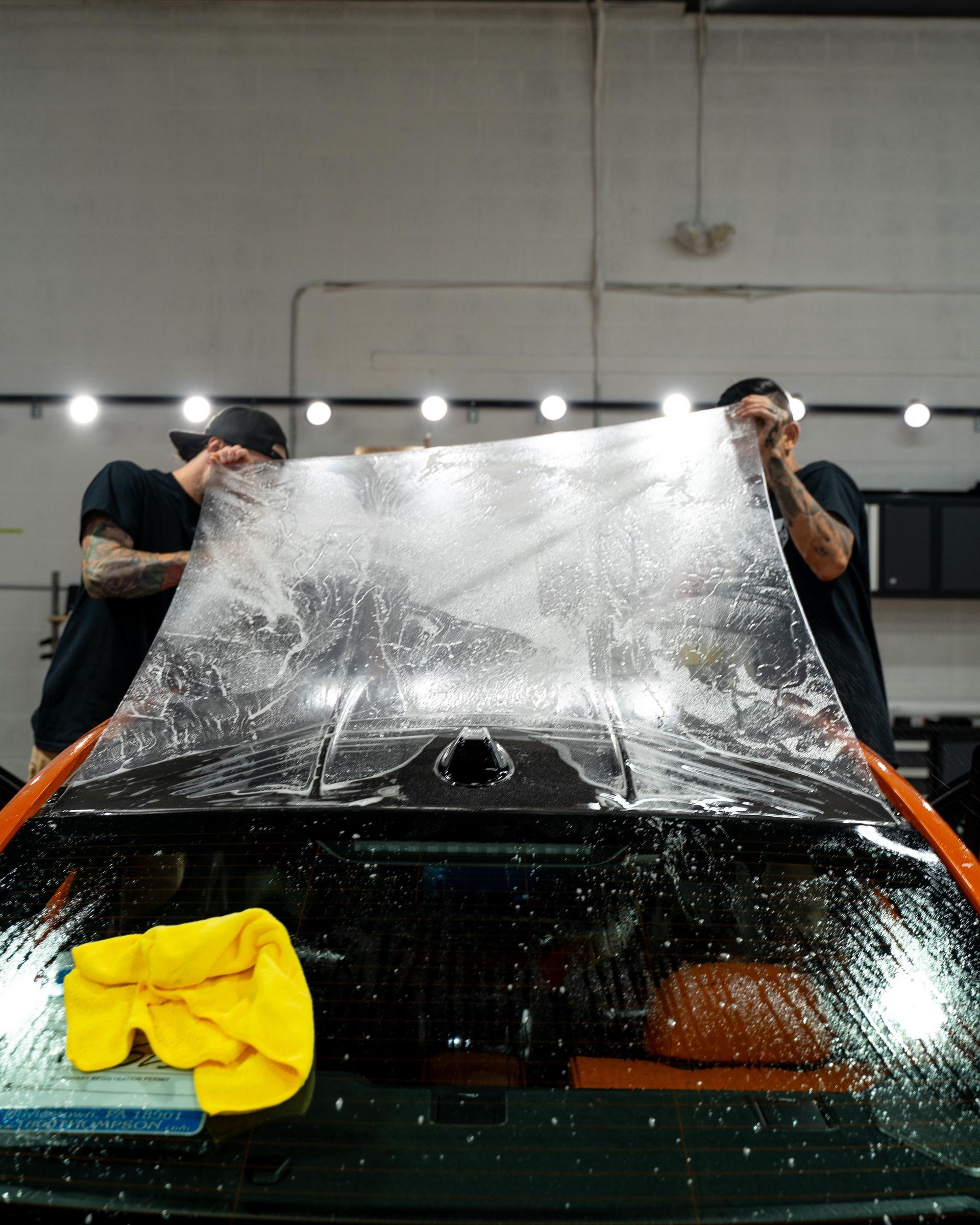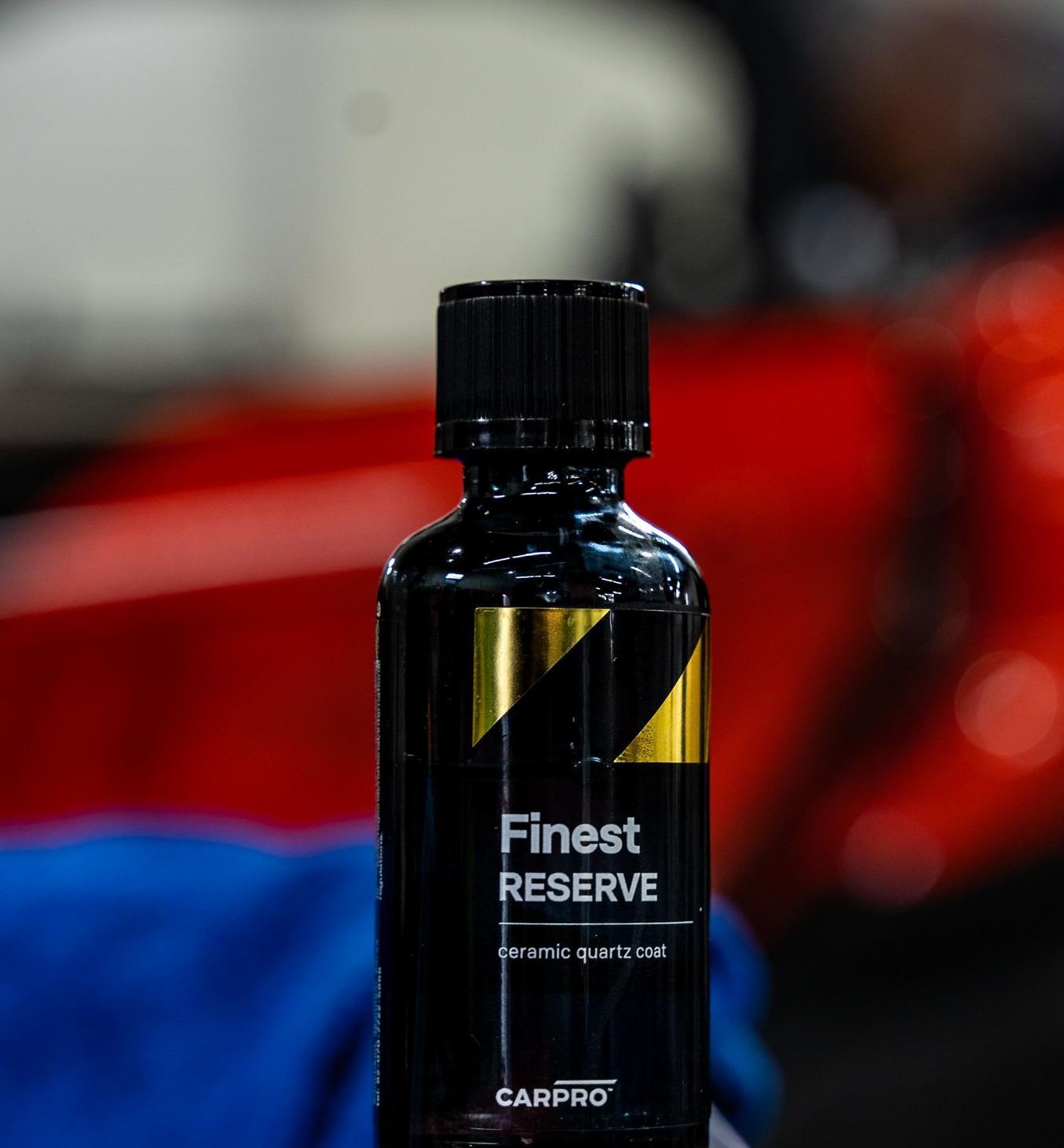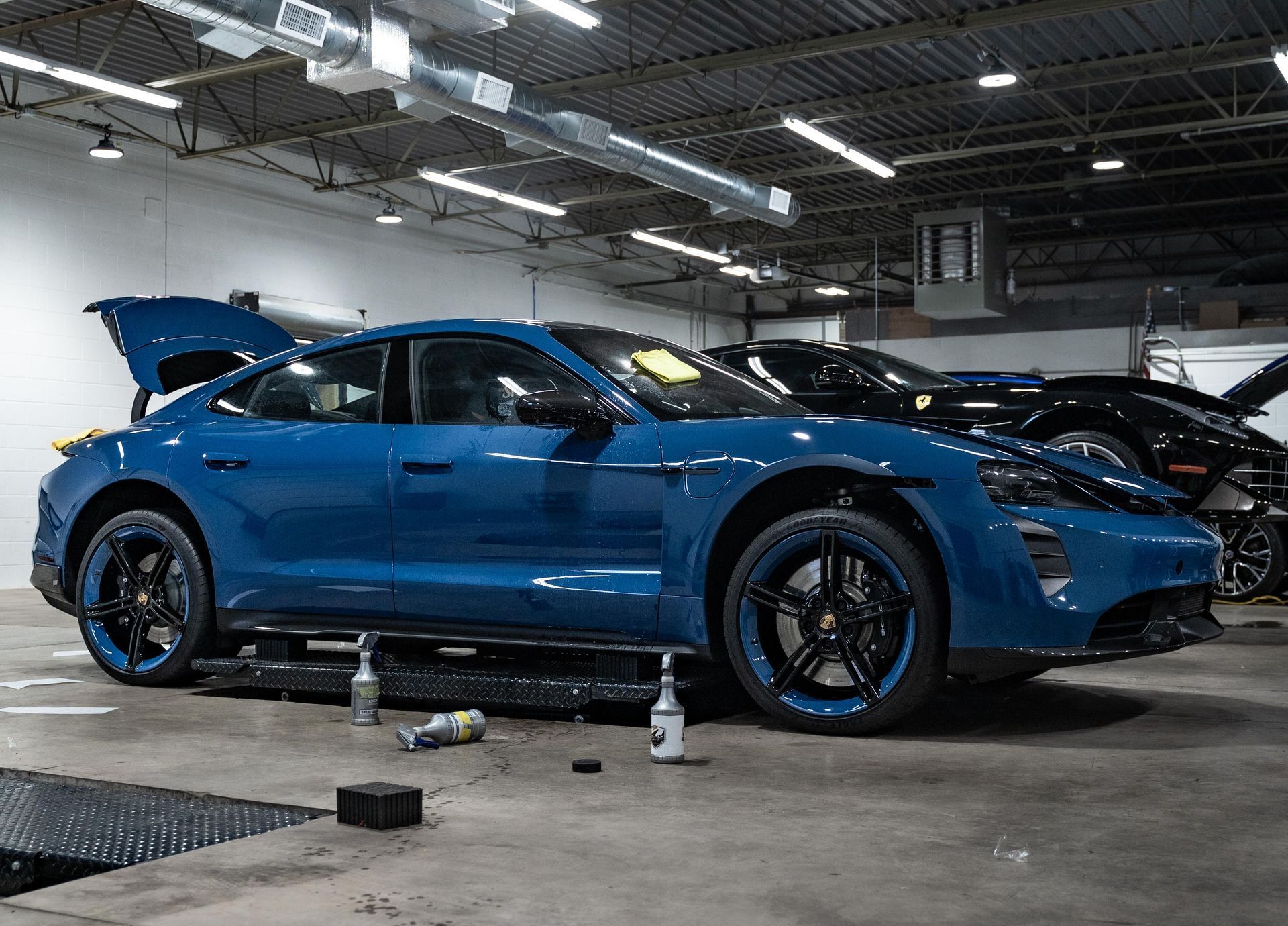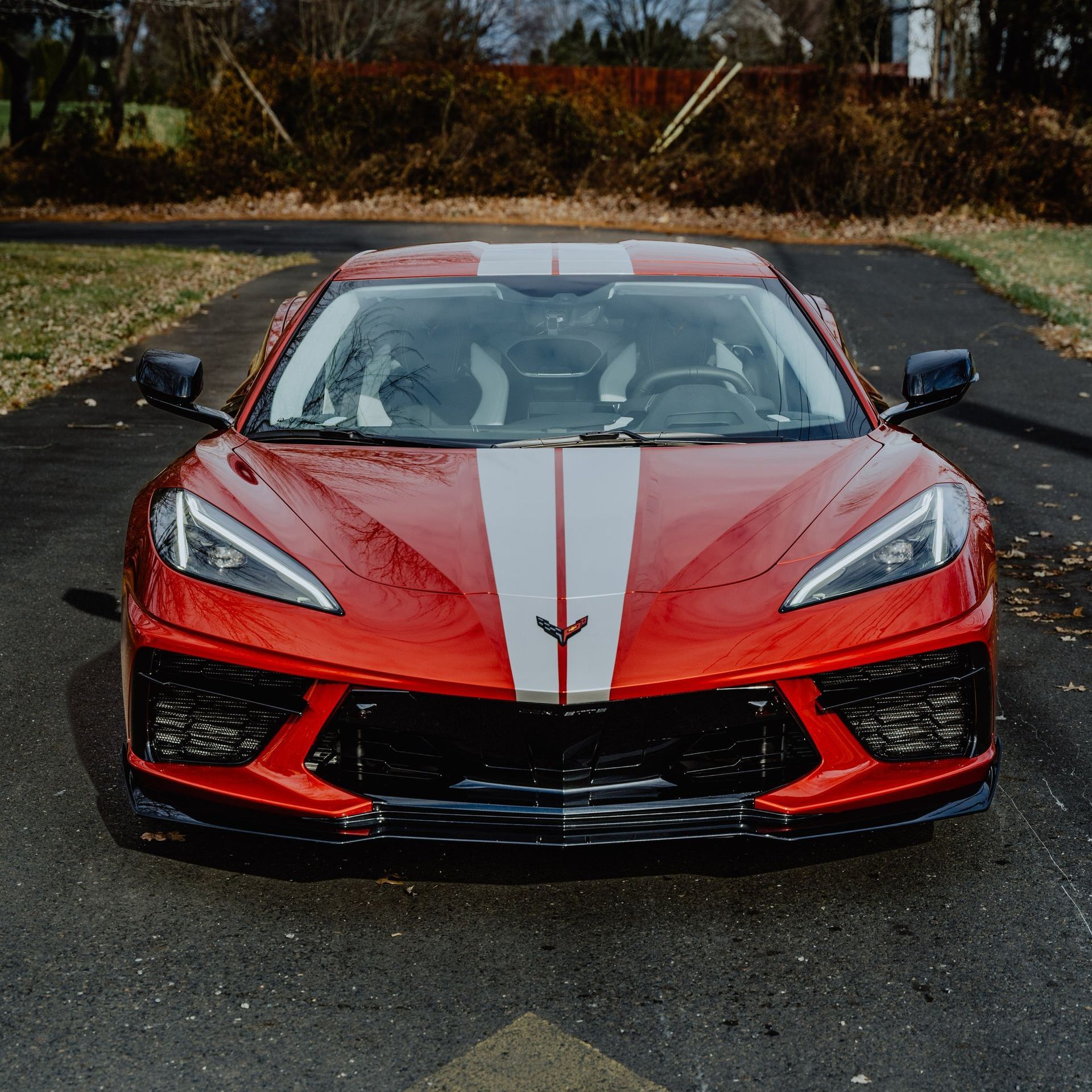How to Properly Wash a Car with Paint Protection Film: Expert Tips for Safe Cleaning
CALL (833) 263-6273
Washing a car with paint protection film requires more attention and care than a standard wash. While PPF provides exceptional protection against road debris, stone chips, and environmental contaminants, it needs proper maintenance to preserve its protective qualities and self-healing capabilities. Many vehicle owners invest thousands in paint protection film but don't realize that improper washing techniques can compromise the film's integrity and shorten its lifespan. Understanding the right approach to cleaning PPF-protected vehicles ensures your investment continues delivering optimal protection while maintaining that showroom finish.
Preparing for the Wash
When washing a vehicle with protective film, begin by choosing an appropriate location away from direct sunlight, such as a garage, carport, or any shaded area. Working in the shade prevents soap and water from drying too quickly on heated surfaces, which would otherwise leave behind unsightly water spots and residue that become increasingly difficult to remove and can even etch into the protective film. This controlled environment allows you to work at a comfortable pace while avoiding the problems caused by rapid evaporation.
Professional results require professional-grade materials, so gather your supplies before beginning. You'll need two buckets for the two-bucket method, which prevents dirt and contaminants from being transferred back onto your vehicle during washing. Fill one bucket with pH-neutral car shampoo mixed according to the manufacturer's instructions, and fill the other with clean rinse water. Complete your essential toolkit with a high-quality microfiber wash mitt, microfiber drying towels, and access to either a garden hose or pressure washer. Having everything organized and within reach will streamline the entire process.
Before applying any soap or cleaning agents, thoroughly rinse the entire vehicle with clean water as your first critical step. This pre-rinse removes loose dirt, dust, and debris that could otherwise scratch the protective film during the washing process. Use a garden hose positioned at a safe distance of approximately 12 inches from the surface to effectively clear away larger particles. This initial rinse serves as your first line of defense against potential scratches and ensures a safer, more effective wash.
Choosing the Right Cleaning Products
When washing paint protection film, the foundation of proper care begins with choosing a pH-neutral automotive shampoo. The chemical composition of your cleaning products matters significantly because harsh chemicals, highly alkaline soaps, or household cleaners containing ammonia or bleach will gradually degrade the film over time, compromising both its protective properties and optical clarity. pH-neutral formulas are specifically designed to effectively break down dirt and grime without attacking the film's molecular structure, which helps preserve both its appearance and functionality for years to come.
The tools you use during the washing process are equally important, and quality microfiber materials make all the difference when working with paint protection film. Unlike traditional sponges or rough cloths that can cause damage, microfiber wash mitts feature ultra-soft fibers that capture and lift dirt particles without introducing scratches to the delicate surface. This same principle extends to your drying towels—investing in premium microfiber towels ensures efficient water absorption while remaining gentle on the film's surface. While these specialized tools represent a modest financial investment, they pay substantial dividends in preventing long-term damage to your vehicle's protective coating. For enthusiasts seeking to elevate their washing routine beyond the basics, a foam cannon attachment for your pressure washer offers an additional layer of protection. This accessory generates thick, clinging foam that loosens stubborn contaminants before you even begin the physical washing process. This pre-soak method reduces the amount of scrubbing required and creates an important lubricating barrier between your wash mitt and the film, which further minimizes the risk of scratching during the cleaning process.
Professional Washing Techniques
- The Two-Bucket Method: This time-tested technique separates your soapy wash water from your rinse water, preventing contamination. After washing a section of your vehicle, rinse the mitt thoroughly in the clean water bucket before reloading with soap. This simple practice dramatically reduces the risk of dragging abrasive particles across the paint protection film.
- Work from Top to Bottom: Always begin washing at the roof and work your way downward in sections. This systematic approach ensures that dirt doesn't drip onto already-cleaned areas. The upper portions of your vehicle typically accumulate less grime than the lower panels, rocker panels, and wheel wells, so starting at the top maintains a cleaner wash solution longer.
- Use Gentle Pressure: Resist the urge to scrub aggressively. The combination of proper pre-rinsing, quality soap, and adequate dwell time should allow dirt to release easily with gentle wiping motions. Excessive pressure can create micro-scratches that accumulate over time, dulling the film's finish. Let your products do the work—your mitt should glide smoothly across the surface.
Detailed Section Cleaning
When washing your vehicle, begin with the wheels and wheel wells, which require special attention as the dirtiest parts of your car. Use a dedicated wheel cleaner along with separate brushes or mitts that you reserve exclusively for this area, as brake dust and road grime necessitate more aggressive cleaning products that could potentially damage your paint protection film if transferred to other surfaces. Make sure to thoroughly rinse the wheels before proceeding to the body panels.
Next, address the glass and mirrors by applying an automotive-specific glass cleaner with a microfiber cloth. This step is important not only for enhancing visibility and driving safety but also for maintaining your vehicle's overall aesthetic appeal. Be careful to avoid letting the glass cleaner overspray onto the paint protection film, since certain formulations may contain ingredients that are suitable for glass but potentially harmful to PPF. Finally, wash the body panels using your prepared two-bucket system, working methodically through each section of the vehicle. Give extra attention to areas where dirt commonly builds up, such as around door handles, within grille openings, and along body lines. To prevent soap from drying on the surface and potentially causing issues, rinse each section immediately after washing it.
Proper Drying Methods
The method you choose for drying your vehicle carries just as much significance as your washing technique. When water is left to air dry naturally, it can leave spots that gradually etch into your vehicle's surfaces, eventually creating permanent marks that diminish its overall appearance. When using microfiber drying towels, it's essential to select clean, dedicated towels that have high absorbency ratings. The key to preventing damage lies in your technique—instead of dragging the towel across painted surfaces, use a gentle patting or blotting motion that lifts moisture away without creating friction against the finish. This approach effectively removes water while preventing the formation of fine swirl marks that can accumulate over time.
Before beginning the drying process, always inspect your towels to ensure they're completely free of any debris that could scratch the surface. For those seeking a more advanced approach, an automotive air blower offers a superior drying solution by completely eliminating physical contact with your vehicle's surfaces. These tools prove particularly valuable for accessing difficult areas such as side mirrors, grilles, emblems, and trim pieces, where water naturally collects and becomes challenging to reach with traditional towels. By using forced air to evacuate moisture from these crevices, you can prevent water spots from forming in hidden areas while simultaneously protecting your vehicle from any potential scratches that might occur during towel drying.
Ongoing Maintenance for Longevity
Establishing a regular maintenance routine maximizes the lifespan and effectiveness of your paint protection film. A quick rinse with clean water once per week prevents dirt buildup and removes light contaminants before they bond to the surface, and this simple habit significantly reduces the effort required during more thorough washing sessions. Each month, you should dedicate time for a complete wash using proper techniques, and following the wash, consider applying a spray wax or sealant formulated specifically for paint protection film, as these products enhance gloss, provide additional UV protection, and make future cleaning even easier. Every three months, carefully inspect your paint protection film for signs of lifting edges, scratches, or areas requiring professional attention, since catching minor issues early prevents them from developing into larger problems that may require film replacement.
Avoiding Common Mistakes
- Never Use Household Cleaners: Resist the temptation to use household cleaning products on your vehicle. Products containing ammonia, bleach, or harsh solvents will strip away the film's protective properties and cause premature degradation.
- Avoid Automatic Car Washes: The rotating brushes in automatic car washes can scratch paint protection film and may catch on edges, causing the film to lift or peel. The small time savings isn't worth the potential damage to your investment.
- Don't Scrub Aggressively: Heavy-handed scrubbing creates micro-scratches that accumulate over time, dulling the film's appearance. Trust your pH-neutral soap and proper technique to lift contaminants without force.
Protecting Your Investment
Paint protection film represents a significant investment in your vehicle's long-term appearance and resale value. By following these professional washing and maintenance techniques, you ensure that your PPF continues delivering optimal protection for years to come. The time spent implementing proper care procedures pays dividends through enhanced appearance, extended film life, and peace of mind knowing your vehicle's finish remains protected from the elements. Regular, gentle cleaning with appropriate products and techniques keeps your paint protection film functioning at peak performance, allowing you to enjoy both the aesthetic and protective benefits of this advanced automotive technology. Whether you're driving through harsh winter conditions or summer heat, properly maintained PPF stands as your vehicle's first line of defense against the rigors of daily driving.
Trusted PPF Services in West Chester, PA
Menard Premium Detailing offers
professional paint protection film services in West Chester, PA, designed to keep your vehicle’s exterior flawless mile after mile. Our precision-installed PPF acts as a transparent shield against chips, road debris, and environmental damage—preserving your car’s original shine without altering its appearance. Whether you’re driving through city streets or open highways, enjoy unmatched protection and peace of mind knowing your paint is safeguarded by the best.
Contact our team today to experience superior defense for your vehicle’s finish!



